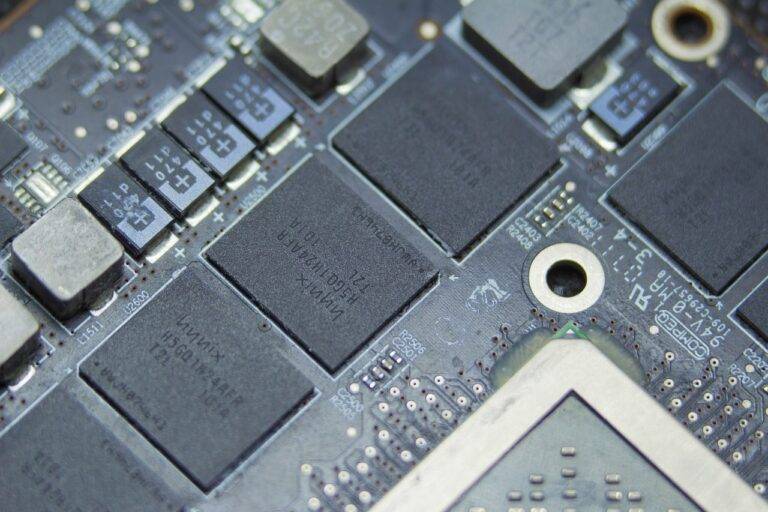Advancements in Virtual Reality for Disaster Preparedness Training
Advancements in virtual reality (VR) technology have revolutionized the way disaster preparedness training programs are conducted. By immersing trainees in simulated disaster scenarios, VR offers a realistic and interactive learning experience that traditional training methods cannot replicate. This cutting-edge technology enables participants to practice emergency response procedures in a safe and controlled environment, enhancing their preparedness and decision-making skills in high-stress situations.
Moreover, VR training programs can be tailored to simulate a wide range of disaster scenarios, from natural disasters like earthquakes and hurricanes to industrial accidents and terrorist attacks. This versatility allows organizations to customize training modules based on their specific risk factors and geographic location, ensuring that participants are well-equipped to respond effectively to any potential crisis. With the ability to provide hands-on training without putting individuals in harm’s way, VR technology is paving the way for more efficient and comprehensive disaster preparedness initiatives.
Evolution of Virtual Reality in Training Programs
Virtual reality (VR) has rapidly evolved in training programs, revolutionizing the way individuals are prepared for various scenarios. Initially used for entertainment purposes, VR technology has now found critical applications in disaster preparedness training. Through immersive simulations, trainees can experience realistic scenarios that mimic emergency situations, allowing them to practice decision-making skills in a safe yet dynamic environment.
The evolution of VR in training programs has led to increased engagement and retention among participants. By providing a hands-on and interactive learning experience, VR simulations allow trainees to actively participate in the training process, leading to better knowledge retention and practical skills application. As technology continues to advance, VR promises to become an indispensable tool in preparing individuals for emergencies and disasters.
• VR technology has transformed training programs by providing immersive simulations
• Trainees can practice decision-making skills in realistic scenarios
• Increased engagement and retention among participants in training programs
• Hands-on and interactive learning experiences through VR simulations
• Better knowledge retention and practical skills application for trainees
• VR promises to be an indispensable tool for preparing individuals for emergencies
Benefits of Virtual Reality for Disaster Preparedness
Virtual reality technology offers a revolutionary approach to disaster preparedness training, providing an immersive and interactive learning experience for individuals. By simulating realistic disaster scenarios, virtual reality enables trainees to navigate through challenging situations in a safe environment. This kind of hands-on training cultivates critical thinking skills and decision-making abilities, enhancing the readiness of responders in the face of real-life emergencies.
The benefits of virtual reality for disaster preparedness extend beyond traditional training methods, as it allows for repeated practice and feedback, leading to improved performance outcomes. With the ability to tailor scenarios to specific needs and challenges, virtual reality training programs can adapt to diverse training requirements and skill levels. Moreover, the detailed analytics collected during virtual reality simulations provide valuable insights for evaluating individual and team proficiency, empowering organizations to make informed decisions to enhance their disaster response capabilities.
How does virtual reality technology help in disaster preparedness training?
Virtual reality technology provides realistic simulations of disaster scenarios, allowing individuals to practice their response and decision-making skills in a safe and controlled environment.
What are some examples of virtual reality applications in disaster preparedness training programs?
Virtual reality can be used for simulating natural disasters such as earthquakes, floods, hurricanes, and wildfires, as well as man-made disasters such as terrorist attacks and industrial accidents.
How has virtual reality evolved in training programs over the years?
Virtual reality technology has become more advanced and accessible, making it easier for organizations to incorporate virtual reality simulations into their disaster preparedness training programs.
What are the benefits of using virtual reality for disaster preparedness?
Some benefits of using virtual reality for disaster preparedness include increased engagement and retention of information, cost-effective training solutions, and the ability to train individuals in a realistic and immersive environment.





